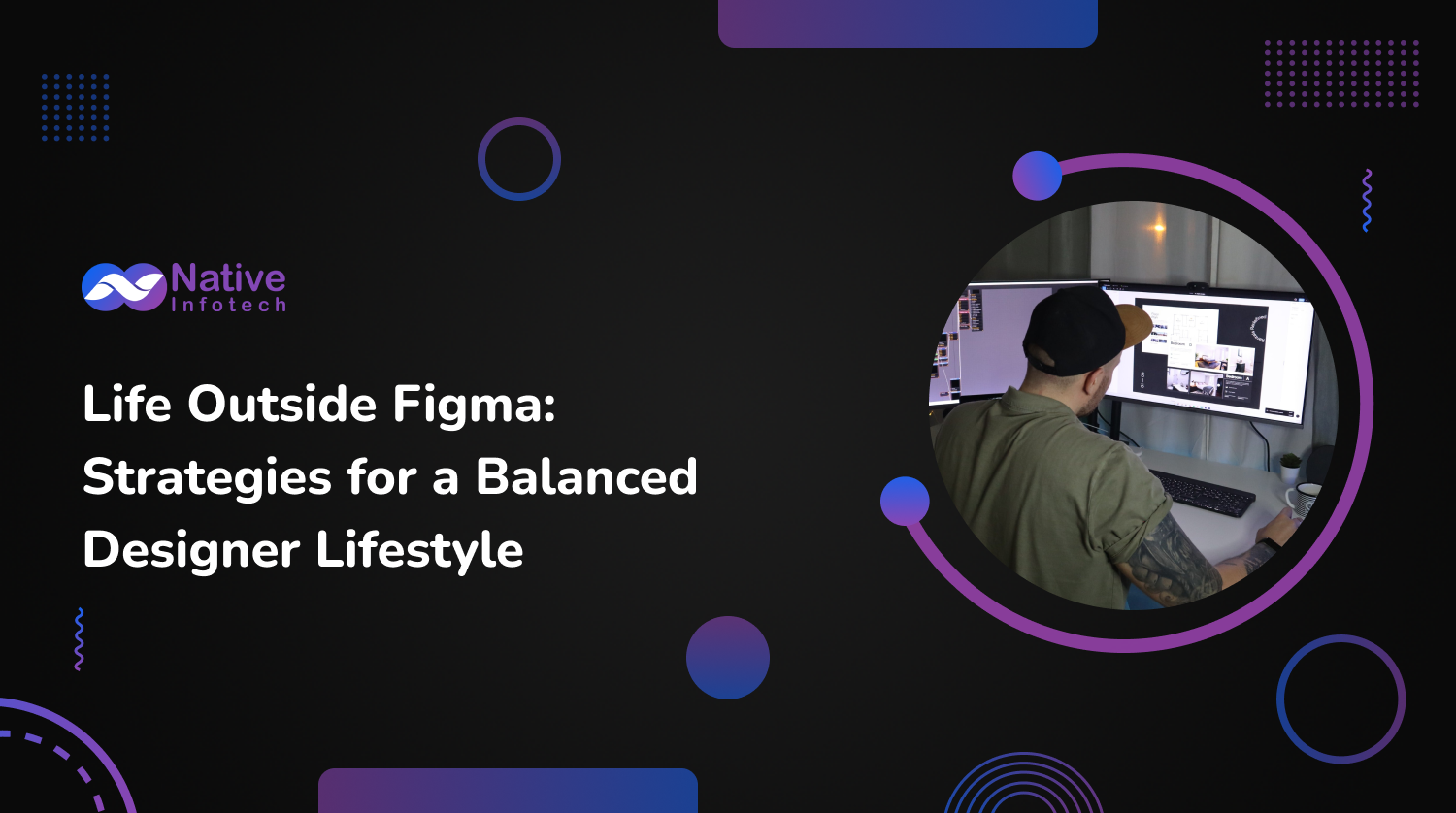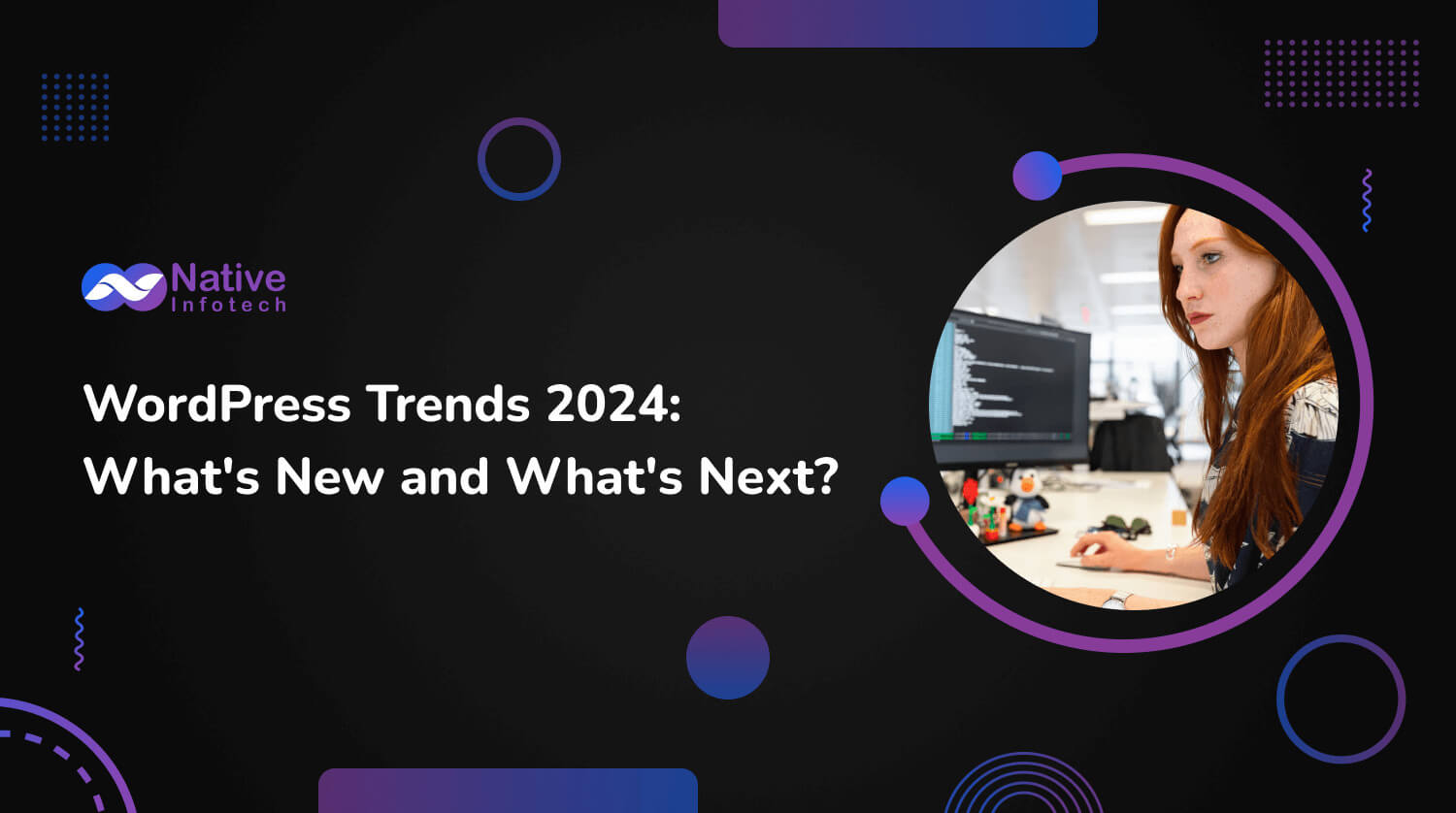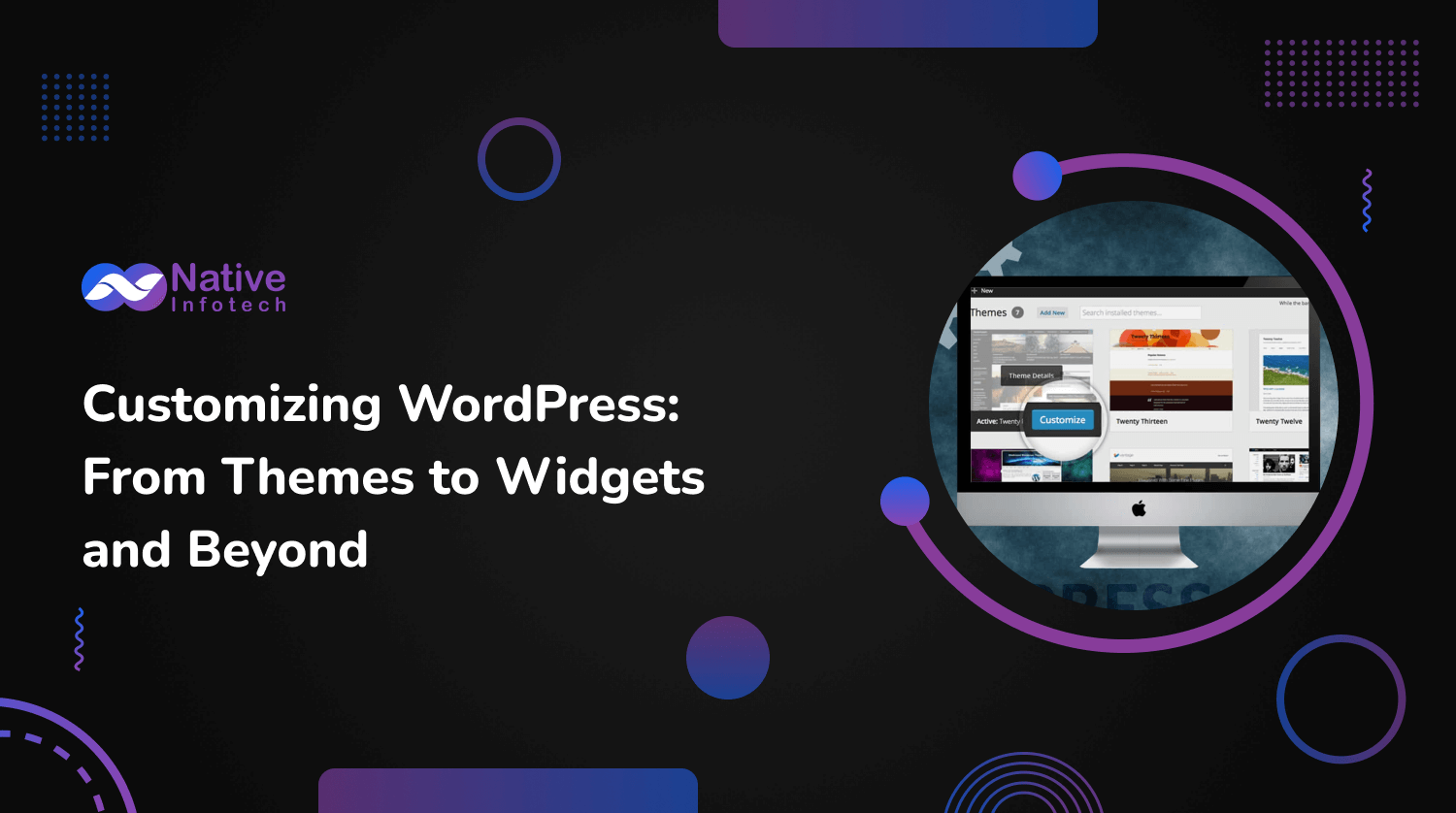
Designers are busy people, by design. Let’s learn how to focus on what matters every day.
Being a designer means juggling numerous responsibilities and working with a variety of stakeholders. We’re constantly collaborating with project managers, developers, and fellow designers. Our days are filled with interviews, research, prototyping, and extensive communication.
In smaller organizations or different roles, our interactions might extend to marketing, support, customer success, and other customer-facing teams. Beyond work, designers often engage in community events, maintain and update portfolios, design side projects, and take on freelance work.
Designers thrive in this dynamic environment, finding inspiration and creativity in every aspect of their multifaceted roles.
The Digital Trap: How Figma Shapes Our Lives
Figma is a powerful tool that has transformed how designers work. Its collaborative nature allows for real-time feedback, streamlining the design process. Yet, this constant connectivity can blur the lines between work and personal life. Digital burnout is becoming increasingly common as designers find themselves tethered to their screens, responding to feedback at all hours.
Recognizing the Signs of Burnout
Burnout is a state of chronic physical and emotional exhaustion. It’s essential to recognize the signs early to prevent long-term damage. Symptoms include persistent fatigue, decreased productivity, and a sense of detachment from one’s work. If you’re feeling overwhelmed by the demands of your digital work life, it’s time to consider making changes.
The Importance of Work-Life Balance
Work-life balance is not just a buzzword; it’s a crucial aspect of a healthy and fulfilling life. Achieving this balance means setting boundaries that allow you to dedicate time to both professional responsibilities and personal interests. Without these boundaries, the risk of burnout increases, and overall productivity decreases.
Strategies for Designing Your Time
Designing your time effectively involves a combination of practical strategies and mindset shifts. Here are some actionable steps to help you reclaim your time and improve your quality of life:
1. Set Clear Boundaries
Establishing clear boundaries between work and personal time is essential. This might mean setting specific hours for work and sticking to them, even if your tasks are unfinished. Communicate these boundaries to your team to ensure everyone is on the same page.
2. Prioritize Tasks
Not all tasks are created equal. Use tools like the Eisenhower Matrix to categorize tasks by urgency and importance. This helps you focus on what truly matters and avoid getting bogged down by less critical activities.
3. Take Regular Breaks
Breaks are not a sign of laziness; they are a necessity. Regular breaks help refresh your mind and maintain productivity. Techniques like the Pomodoro Technique can be effective in ensuring you take these breaks consistently.
4. Embrace Digital Detox
Consider scheduling regular digital detoxes where you disconnect from all digital devices. Use this time to engage in activities that bring you joy and relaxation, such as reading, hiking, or spending time with loved ones.
5. Develop a Routine
A well-structured routine can provide a sense of stability and predictability. Start your day with a morning routine that sets a positive tone, and end your day with an evening routine that helps you unwind.
The Role of Hobbies and Interests
Hobbies and interests outside of work play a crucial role in maintaining a balanced life. They provide an outlet for creativity, relaxation, and personal growth. Whether it’s painting, cooking, or playing a musical instrument, dedicating time to hobbies can enhance your overall well-being.
The Power of Mindfulness
Mindfulness practices, such as meditation and yoga, can help you stay present and reduce stress. Incorporating mindfulness into your daily routine can improve focus, enhance emotional regulation, and promote a sense of inner peace.
Building a Support System
Having a strong support system is vital for maintaining a healthy work-life balance. Surround yourself with family, friends, and colleagues who understand and respect your boundaries. Don’t hesitate to seek support when needed.
The Benefits of Physical Activity
Physical activity is not only beneficial for your body but also for your mind. Regular exercise can reduce stress, improve mood, and boost energy levels. Find an activity you enjoy, whether it’s running, dancing, or practicing yoga, and make it a regular part of your routine.
Continuous Learning and Personal Growth
Personal growth should not be confined to professional development. Engaging in continuous learning outside of work can be incredibly rewarding. Take up new hobbies, learn a new language, or enroll in courses that interest you. This not only broadens your horizons but also provides a sense of achievement.
Conclusion: It’s Time to Design a Better Life
Figma and other digital tools have undoubtedly revolutionized the way we work, offering incredible opportunities for creativity and collaboration. However, it’s crucial to recognize that our lives extend beyond the confines of our screens. By designing our time with intention and mindfulness, we can achieve a healthier work-life balance, prevent burnout, and lead more fulfilling lives. It’s time to step back, reassess our priorities, and take control of our well-being. After all, we deserve a better life outside of Figma.
Exploring the Future: 5 Big Changes Coming to Computers in 2024 and How to Get Ready
Are you ready to dive into the future of computing? The year 2024 promises to be an exciting time for technological advancements, with significant changes expected to revolutionize the way we interact with computers. From quantum computing to augmented reality, here are five big changes coming to computers in 2024 and how you can prepare…
WordPress Trends 2024: What’s New and What’s Next?
As we get closer to 2024, WordPress remains a top choice for creating websites, running a large part of the internet. It keeps changing and growing, making it important for developers, marketers, and business owners to keep up with the new trends. This article looks at the upcoming trends for WordPress in 2024, giving tips…


